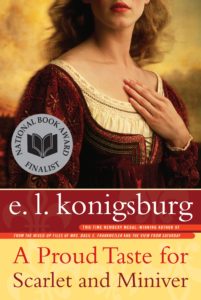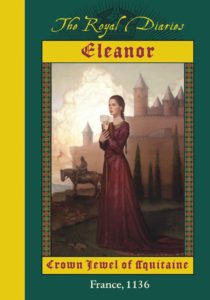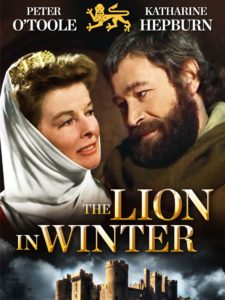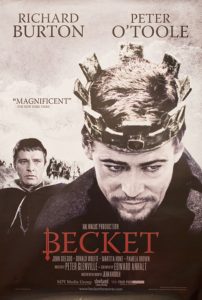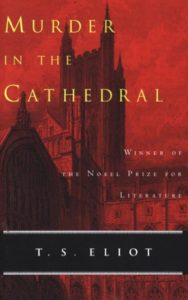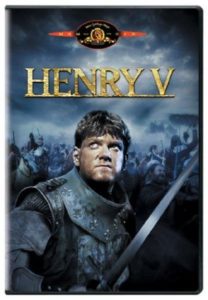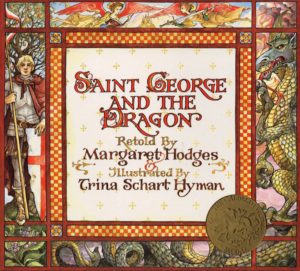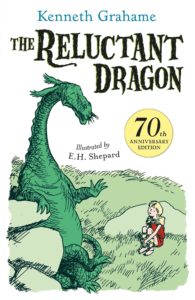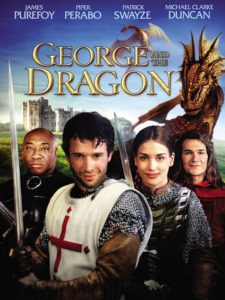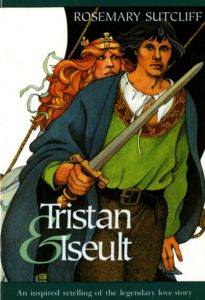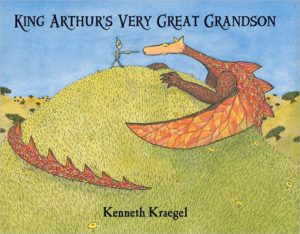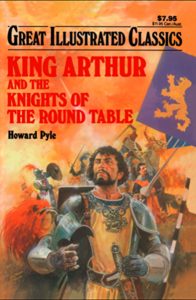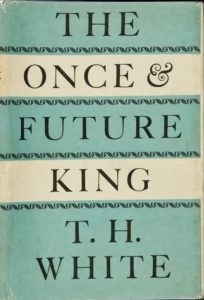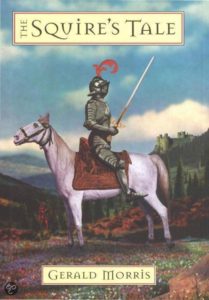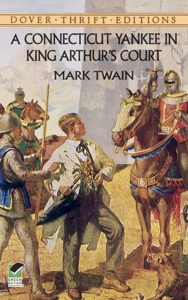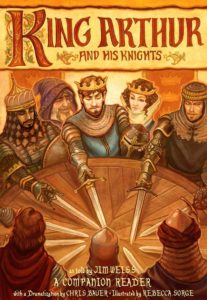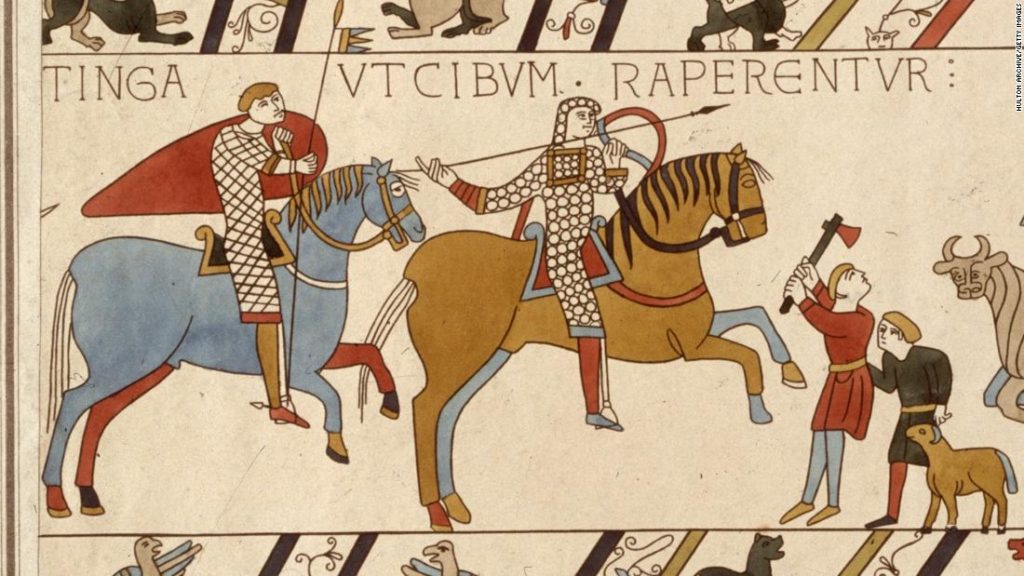|
|
In Kenneth Kraegel’s King Arthur’s Very Great Grandson (Candlewick, 2012), Henry is the many-times-great-grandson of King Arthur – so on his sixth birthday, he mounts his faithful donkey (Knuckles) and rides off to battle a Dragon, a Griffin, and even the sea monster Leviathan, looking for “a test of might and courage!” It doesn’t turn out as Henry expected, but he finds some new friends. For ages 4-7. |
|
|
The Great Illustrated Classics series are simplified versions of dozens of classic books, targeted at ages 7-10. Most are about 200 pages long, with black-and-white illustrations and biggish print. They’re intended to give kids the sense of and enjoyment for the stories, so that when they move on to the adult versions of – say – David Copperfield, The Adventures of Robinson Crusoe, or Moby Dick – they’ll be primed for the transition. Among these, for those studying the Middle Ages, are versions of Howard Pyle’s King Arthur and the Knights of the Round Table and Sir Walter Scott’s Ivanhoe. |
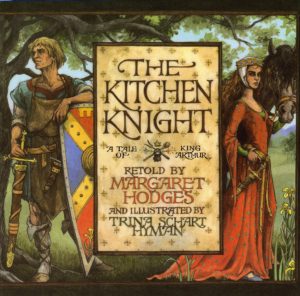 |
Margaret Hodges’s The Kitchen Knight (Holiday House, 1993) is the story of young Gareth, who comes to King Arthur’s court as a kitchen boy, and eventually vanquishes the fearsome Knight of the Red Plain and wins the hand of the Lady Linesse. Lavish medieval-style illustrations by Trina Schart Hyman. For ages 7-11. |
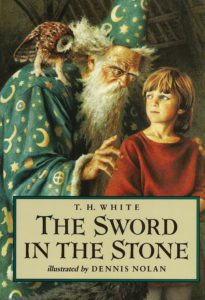 |
T.H. White’s The Sword in the Stone (Philomel, 1993) is the first part of White’s larger work, The Once and Future King (see below). It covers the young Arthur’s childhood, his meeting with Merlin, his magical schooling, and finally his pulling of the sword from the stone, revealing him as the king. It’s clever, funny, poignant, and wonderful – and bears not much, if any, resemblance to the Disney movie of the same name. Highly recommended for ages 9 and up. |
|
|
T.H. White’s The Once and Future King (Ace Trade, 2011), originally published in 1958, is a brilliant re-telling of the story of King Arther, divided into four main parts: The Sword in the Stone, The Queen of Air and Darkness, The Ill-Made Knight, and The Candle in the Wind. Only the first part, The Sword in the Stone (see above), is suitable for young kids – but for teenagers and up, it’s all a wonderful read. Highly recommended. |
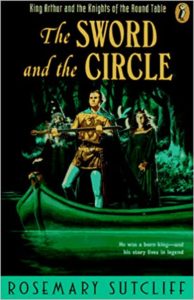 |
Rosemary Sutcliff – who writes excellent historical fiction – has adapted the story of King Arthur into a trilogy: The Sword and the Circle, The Light Beyond the Forest, and The Road to Camlann (Puffin, 1994). For ages 10 and up. |
|
|
Gerald Morris’s The Squire’s Tale (Houghton Mifflin Harcourt, 2008) is the first of a series that combines Arthurian legend with original plotlines. In this first book, young Terence, an orphan, becomes squire to Gawain, one of the knights of the Round Table, and embarks on a life of magic and adventure. For ages 10 and up. |
|
|
In Mark Twain’s A Connecticut Yankee at King Arthur’s Court, originally published in 1889 and now available in many editions, Hank Morgan, an engineer, is knocked unconscious by a whack from a crowbar and wakes up over a thousand year in the past, in the days of King Arthur. He’s nearly burned as a witch, but manages to save himself by predicting an eclipse; he then becomes famed in Camelot for his technological “miracles” involving gunpowder, electricity, and fireworks, which land him on the bad side of Merlin. For ages 12 and up. |
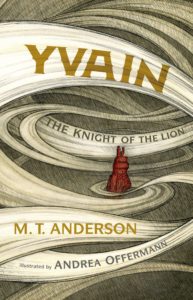 |
By M.T. Anderson with illustrations by Andrea Offermann, Yvain: The Knight of the Lion (Candlewick, 2017) is a gorgeous graphic novel set in the days of King Arthur. For ages 12 and up. |
|
|
Jim Weiss’s wonderfully narrated King Arthur and His Knights includes eight Arthurian stories: The Sword in the Stone, King Arthur and Guinevere, Sir Percival Meets a Lady, The Round Table, Sir Lancelot’s Journey, A Queen, Sir Bedivere, and Merlin’s Magic. Weiss’s CDs, published by Well-Trained Mind Press, are available from Amazon. |
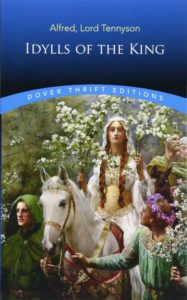 |
Alfred, Lord Tennyson’s Idylls of the King (Penguin, 1989), published between 1859 and 1885, is a series of twelve narrative poems based on the King Arthur legends. For fans of Anne of Green Gables, this is one of Anne’s favorites. |
|
See Project Gutenberg’s Idylls of the King online. |
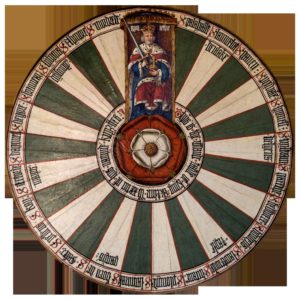 |
From the University of Rochester, The Camelot Project lists Arthurian authors and texts (many), artists and images, characters from the stories, and symbols and motifs found in the Arthurian legends. |
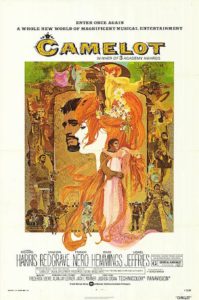 |
Lerner and Loewe’s musical Camelot (1967) – loosely based on T.H. White’s The Once and Future King – is a delightful romantic fantasy. Rated G. |
 |
Excalibur (1981) – named for King Arthur’s magical sword – is a grim, but impressive, version of the Arthurian story, starting with Uther Pendragon and ending with Arthur conveyed to Avalon. Rated PG. |
